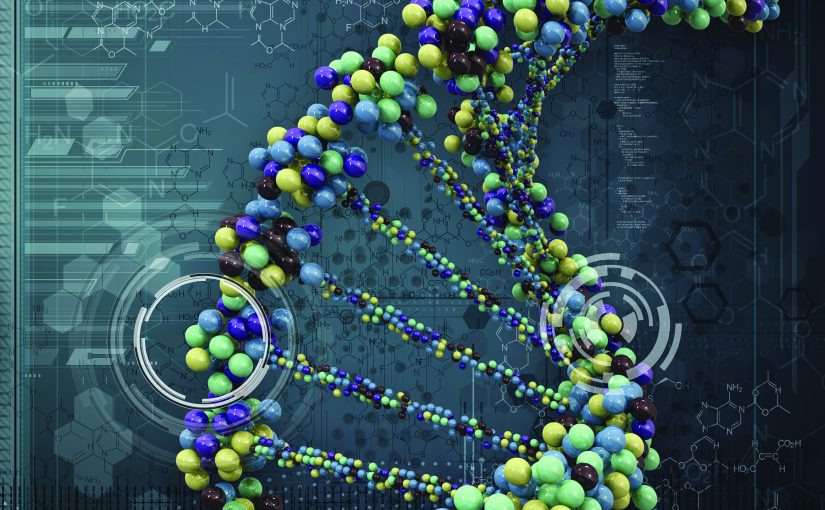
Late last year, a brutal Colorado murder case was solved when DNA evidence from the crime scene was found to match an inmate in an Arizona prison. The crime had occurred 27 years earlier; a young girl had been raped and repeatedly stabbed. The murderer had cut himself during the attack and left a trail of blood as he fled. The inmate was known to the victim but had not been a suspect in the case initially. When he was committed to prison in Arizona, a sample of his DNA was taken and entered into a database. A routine check of databases by personnel at the Colorado Bureau of Investigation (CBI) laboratory resulted in the match. The family of the victim, the officers who had worked the case, and members of the community were relieved that the truth was finally known and the murderer had been identified.
Cases like this one grab headlines across the country. Solution of terrible crimes from cold case files gives law enforcement a tremendous boost. DNA technology has the promise not only to solve high profile cases but also to significantly improve the solution of the day-to-day cases that make up the bulk of the workload of every local law enforcement agency.


